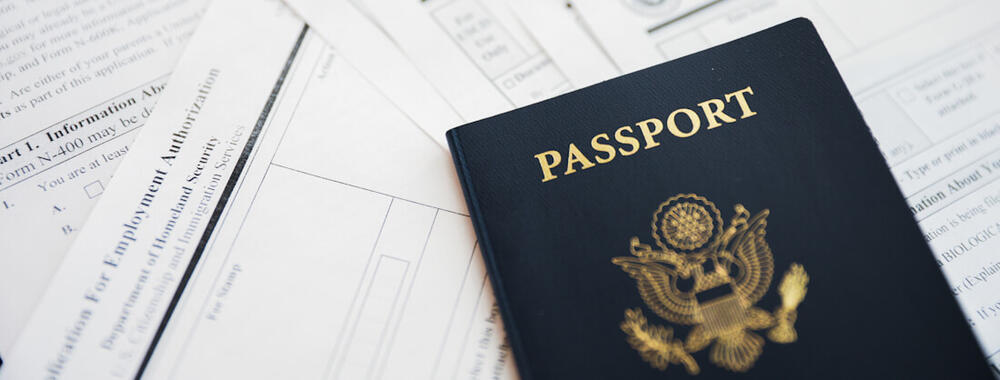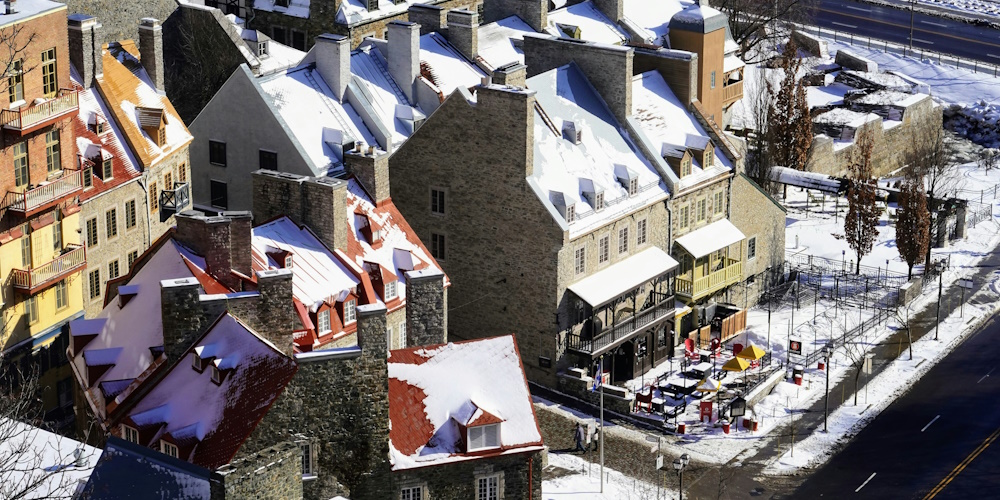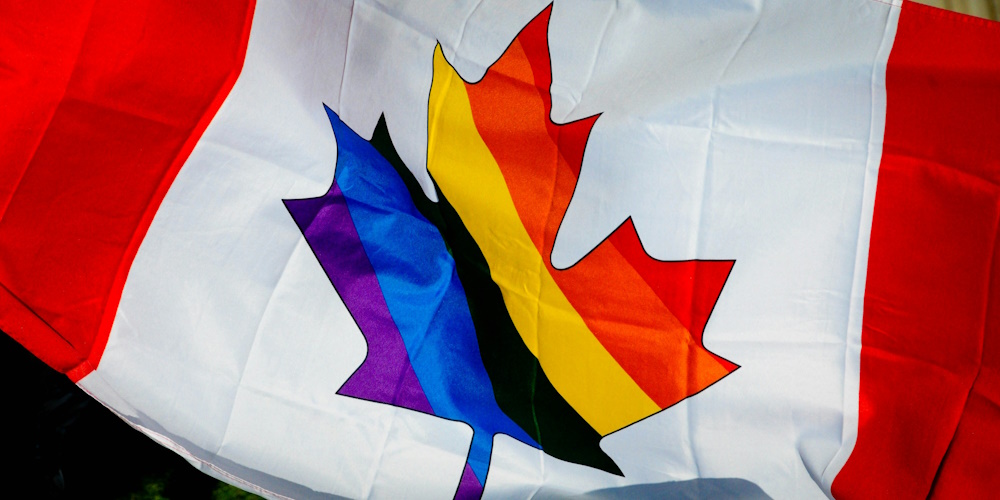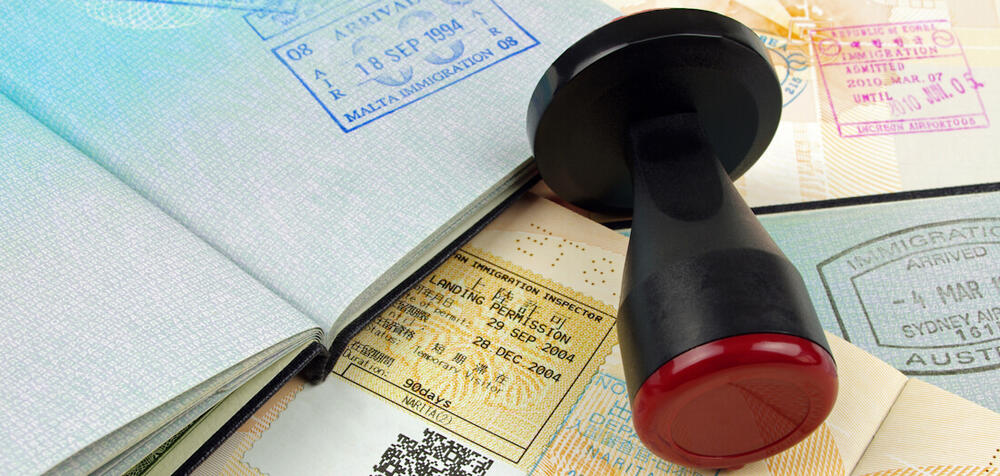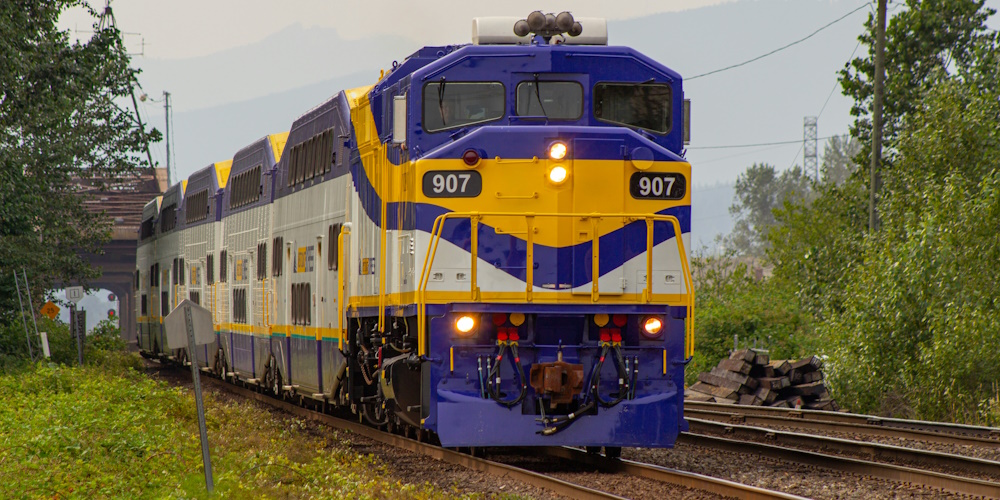Local culture in Canada derives from an amalgamation of various immigrant cultures. Indeed, you may be surprised to find remnants of your own culture reflected in Canada’s various customs. While culture shock in Canada is not something you’re likely to deal with, there are still a few things worth knowing about local culture in Canada.
Language barrier in Canada
Language barriers are unlikely to be an issue for expats, as most of the country is English-speaking, apart from Quebec, whose population is mostly Francophone.
Quebec is culturally and linguistically distinct from the rest of the country. If you’re moving to its largest city, Montreal, you’ll find that it has a significant English-speaking population and offers many English-language institutions, including schools and media outlets. However, learning French will benefit you significantly, especially in other parts of Quebec.
Quebec’s language policies are distinct from those of the rest of Canada. French is the official language, with strict regulations promoting its use in education, business, and government. Understanding a bit of French will undoubtedly ease your transition if you plan on settling in the region.
Want to explore Montreal for yourself? Learn more about Life in Montreal.
Cultural differences in Canada

The large cities, especially Toronto and Victoria, reflect a strong British heritage, while Montreal is proudly French, and Vancouver hosts many Asian cultures. Where America prides itself on its integration of cultures, Canada encourages co-existence in an ‘ice cream swirl’ or, as it is commonly referred to, a cultural mosaic.
Nearly a quarter of Canada’s population originates from a different country, and this multiculturalism is evident in every aspect of daily life, from cuisine to festivals. You can experience this through diverse culinary traditions, ethnic restaurants, and food festivals that celebrate the variety of cultures represented here.
While various cultures are encouraged to maintain their traditions and flourish, the mainstream culture is very similar to that of the US – which will be familiar to most expats thanks to America’s far-reaching film and television industry.
Check out more about:
Life in Toronto
Life in Vancouver
Geographical distances in Canada
What may come as a surprise is more geographical than cultural. The incredible size of Canada makes driving even just to the next town quite a journey. Driving across Canada, from the Atlantic to the Pacific coast, is almost equivalent to the distance between the UK and Pakistan.
Popular methods of getting around include air travel, which is the most convenient for long distances. Major airlines connect cities across provinces, making air travel the fastest option. VIA Rail also offers train services that link major urban centres, providing scenic views along the way. For those who love road trips, Canada’s extensive highway system makes it possible, although you’ll need to plan well for fuel and accommodation stops, given the vast distances between some cities.
Public Transport and Driving in Canada
Weather in Canada

One of the biggest challenges you might encounter is the weather in Canada. Many newcomers, especially those from warmer climates, will have to get used to long and often harsh winters. The northern territories are at the receiving end of the most extreme levels, but provinces and cities closer to the United States border typically enjoy more temperate weather. Summer is usually lovely and warm, with both the west and east coasts basking in milder conditions.
Canada has developed an impressive infrastructure to deal with harsh winters. Snow ploughs, salt trucks, and well-maintained road systems ensure that movement isn’t restricted for too long, even during heavy snowfall. Buildings are equipped with top-notch heating systems and insulation, keeping you warm no matter how low the temperatures drop.
Learn more about Climate and Weather Charts in Canada.
Women in Canada
Canada is known for promoting gender equality, and women enjoy equal rights in every aspect of society. The country has made strides in healthcare, education, and professional opportunities for women, resulting in a progressive environment that continues to evolve. Recent initiatives like the National Action Plan to End Gender-Based Violence and the Federal 2SLGBTQI+ Action Plan aim to address systemic barriers and promote safety and inclusion for all women, including LGBTQ+ individuals.
Notable female leaders such as Mary Simon, Canada’s first Indigenous Governor General, and Dr Theresa Tam, the Chief Public Health Officer, continue to make substantial contributions in their fields, setting an inspiring example for others.
Gender Equality and Women in Leadership in Canada
LGBTQ+ in Canada
Canada is celebrated for its inclusivity and acceptance of LGBTQ+ rights. It was one of the first countries to legalise same-sex marriage, and most cities have thriving LGBTQ+ communities. The culture here is generally open and welcoming, making Canada an attractive destination for LGBTQ+ individuals looking for a place to live freely.
Cities like Toronto, Vancouver, and Montreal are particularly LGBTQ+ friendly, hosting lively Pride events and offering a wealth of community resources. While urban areas are mostly supportive, rural communities may still be more conservative, with fewer dedicated resources, which could present challenges for LGBTQ+ individuals seeking acceptance and community.
